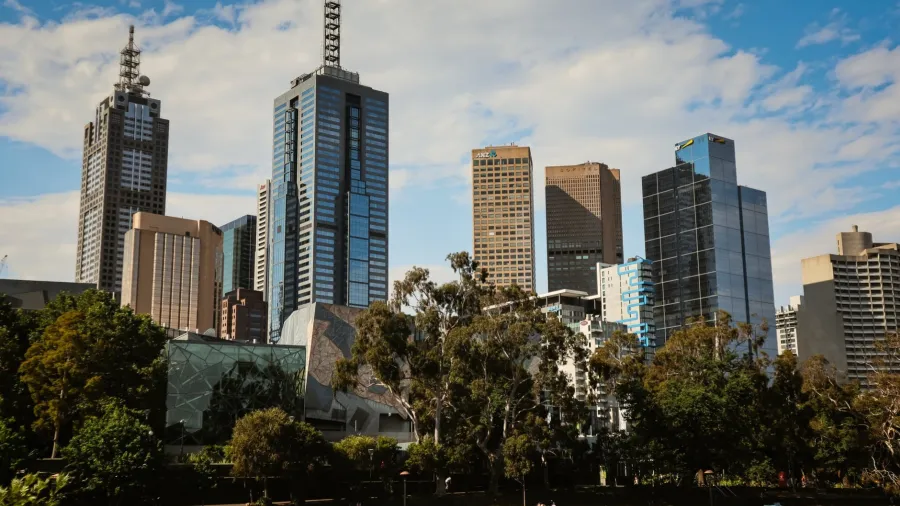
Melbourne retail completions to drop by 7% this year
Completion levels are bound to remain considerably low until 2025.
Investors are prioritising stable earnings and longer lease terms, and this is driving more retail developments in neighbourhood and large format retail sub-sectors. One of the major development projects is the new Bunnings Preston which will bring 18,600 sqm.
According to JLL, Melbourne retail completions are set to decrease by 7% in 2022. This figure is still currently projected to remain significantly below historical completion level up to 2025. Retail landlords are likely to continually focus on the refurbishment or redevelopment of existing assets rather than creating new retail space.
Here’s more from JLL:
Victoria’s monthly retail spending increased significantly by 20.0% in November since emerging from lockdown in October. The categories that recorded the strongest growth were the clothing, footwear, and accessories category, and the department stores category, which recorded monthly growth of 123.9% and 97.2% m-o-m respectively. The relaxation of restrictions have boosted discretionary spending.
Lockdown spending habits were declining, with the food category recording a -4.9% monthly growth in November, being the only category in Victoria that recorded a negative growth. People were going out more with the cafes and restaurants sub-category recording a 45.9% monthly increase in November, compared to the takeaway food sub-category which recorded only a 3.0% monthly increase.
Melbourne retail yields remained mostly stable in 4Q21
Despite the recent lockdown, the investment market remained stable with all sub-sectors except for the neighbourhood and large format retail sub-sectors, which recorded yield compression of 25 bps and 13 bps over 4Q21. This trend has been prevalent throughout the year of 2021 reflecting strong investor demand for these two retail sub-sectors.
Gross rents have begun to stabilise in the quarter across the regional (-0.3% q-o-q) and sub-regional (0.1% q-o-q) sub-sectors over 4Q21 after consecutive quarters of decline. Neighbourhood and large format retail rents have remained relative stable throughout 2021, while CBD rents are still under downward pressure, as it recorded a -12% y-o-y decrease.
Outlook: COVID-19 poses uncertainty for landlords and investors
The reduction of government stimulus in 2021 coupled by the ongoing pandemic remains a key concern going into 2022. While recent consumer confidence and spending growth has been positive, further increases in the vacancy rate remains a risk. Additionally, with the rent relief and deferment protections expected to end in January 2022, putting pressure on tenants while increasing vacancy risk.
Continuous supply chain disruptions throughout the pandemic may contribute to higher inflation which is expected to remain an issue through 2022. These potential high inflation levels might drive higher interest rates which would impact retail spending and investor confidence.
Note: Melbourne Retail refers to Melbourne's overall retail market.



















 Advertise
Advertise




